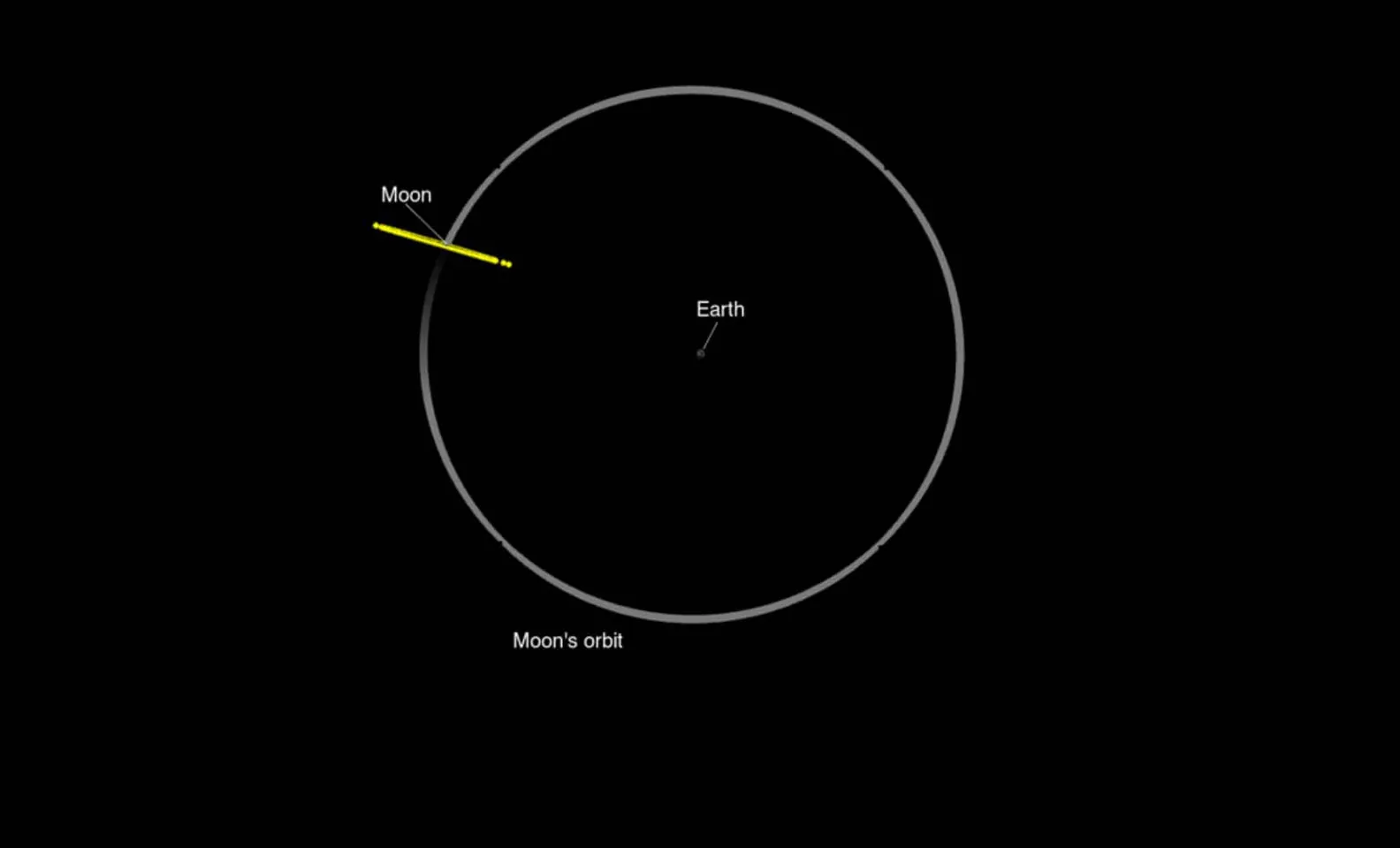Last year, a team from Australia’s national science agency, CSIRO, found the strange signal using the ASKAP radio telescope on Wajarri Country in Australia.
The object, known as ASKAP J1832-0911, appears to emit a pulse of radio waves every 44 minutes.
But it also deepens the mystery: the object we found doesn’t resemble any known type of star or system in our galaxy – or beyond.”
What makes ASKAP J1832-0911 so unusual?
The discovery of ASKAP J1832-0911 could help narrow down what causes these repeating long-period transients, but for now, more observations of LPTs in X-ray are needed to gather more data and clues.
A team from CSIRO, Australia’s national science agency, used the ASKAP radio telescope on Wajarri Country to discover the odd signal last year. Every 44 minutes, the object, designated ASKAP J1832-0911, seems to release a radio wave pulse.
“A newly discovered class of cosmic objects known as long-period transients emits bright radio wave flashes every few minutes to several hours. It’s still unclear what these LPTs are, but lead author Ziteng (Andy) Wang wrote in an article for The Conversation, “This is much longer than the rapid pulses we typically detect from dead stars such as pulsars.”.
Our finding provides a fresh perspective on the investigation of these perplexing sources. However, the fact that the object we discovered is unlike any known star or system in our galaxy or elsewhere only serves to increase the mystery. “.
In order to determine the peculiarity of ASKAP J1832-0911, the team correlated the signal with high-energy X-ray pulses that NASA’s Chandra X-ray Observatory had coincidentally been observing in the same sky region. Given that they might also release higher-energy X-rays, the explanation for why these signals “turn on and off” at such lengthy and consistent intervals is even more mysterious.
After looking through earlier observations of the area, the team was unable to locate any evidence of the object before theirs.
“This indicates that something significant occurred just before we initially noticed it – something strong enough to abruptly turn the object ‘on’,” Wang adds. Then, ASKAPJ1832 started to be very active in February 2024. The source brightened significantly after a more subdued period in January. In radio waves, only about 30 celestial objects have ever attained such brightness. “..”.
Current models don’t adequately account for the incredibly bright source, which is located in the plane of our own galaxy and is about 15,000 light-years from Earth.
The statement also said, “This object is unlike anything we have seen before,” Dr. Wang added. ASKAP J1831-0911 may be a magnetar, which is the core of a dead star with strong magnetic fields, or it may be a binary system consisting of two stars, one of which is a highly magnetized white dwarf, which is a low-mass star nearing the end of its life cycle. “,”.
But even those theories fall short in explaining what we’re seeing. A new kind of physics or new models of stellar evolution may be suggested by this discovery. “.
Even though this is an isolated object that was accidentally captured in X-ray by a second telescope, it’s possible that other LPTs also release X-rays.
According to second author Professor Nanda Rea of the Institute of Space Science (ICE-CSIC) and Catalan Institute for Space Studies (IEEC) in Spain, “the discovery of one such object hints at the existence of many more.”. “New information about their enigmatic nature is revealed by the discovery of their transient X-ray emission. “.”.
The identification of ASKAP J1832-0911 may aid in determining the cause of these recurring long-period transients; however, additional X-ray observations of LPTs are currently required in order to collect additional information and hints.
In a Chandra statement, co-author Dr. Tong Bao of the Italian National Institute for Astrophysics (INAF) – Osservatorio Astronomico di Brera in Italy added, “We will continue to hunt for clues about what is happening with this object, and we’ll look for similar objects.”. “Science is exciting because it’s not frustrating to find a mystery like this.”.







